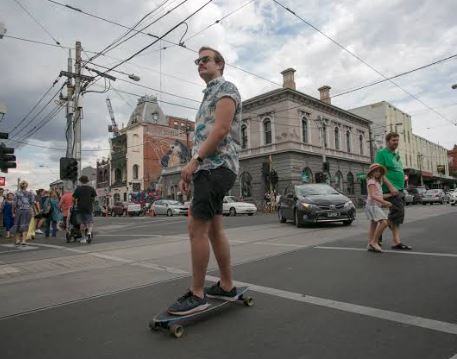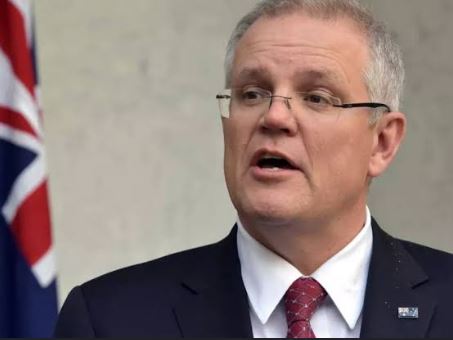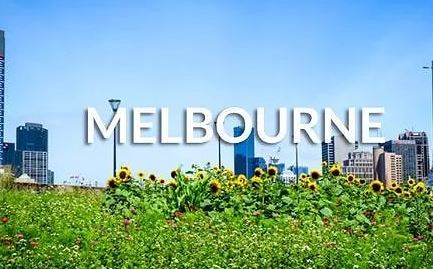
On a global scale, the future of urban life has been intensely discussed through the World Urban Campaign. The central point is that the future battle for more sustainable development will win or lose in the city.
It is speculated that this is based on the fact that 54% of the world’s population lives in cities, where GDP accounts for 70% of the world’s total. By 2050, the urban population will rise to 66%. At the same time, according to the Paris Climate Agreement, major cities are committed to adopting measures aimed at significantly reducing greenhouse gas emissions. Posters for this event should appear as “coming soon to your city.” Obviously, 2016 will be the “Year of the City” as the international community prepares for the Habitat III Summit in Quito, Ecuador, in October this year. At the Habitat III Conference, governments will agree on an urban agenda to guide global urban development for the next 20 years. The agenda is formed through the preparatory meeting (the next meeting will be held in Indonesia in July) and regional and thematic meetings.
By February 2016, the world has organized 28 city thinker campuses around the world. The last of these campuses is located in Melbourne, Australia.

a challenging world

We are too familiar with the problems that cities often face. These include rising house prices, making ownership beyond many areas, suburban sprawl, long commuting times, traffic congestion, social problems, isolation and polarization. At the same time, Australian cities have real advantages. This is reflected in their various rankings in terms of livability and quality of life in the city. But we should not assume that this situation is sustainable, otherwise we cannot lock in livability. On a global scale, cities face greater challenges. In the southern part of the world, if you live in a city, you have one-thirtieth of the chance to live in a slum.
Moreover, despite progress in achieving the Millennium Development Goals, poverty remains our biggest urban concern. Since the global financial crisis, it has not only been limited to the south, but has also grown in cities around the world. Limited financial resources limit the ability of city administrations to respond to these challenges, especially when austerity measures are in place. Although this may seem like a pessimistic picture, there is reason to hope. In a survey of 20 cities conducted last year for the UN Global Compact City Program, we found many examples of citizen leadership and urban innovation. Related to this, Bruce Katz and Jennifer Bradley of Brookings described these innovations as “the metropolitan revolution” in the United States. They believe that local leaders are working hard to develop the job market and make the community more prosperous. They cited examples from New York, Portland, Houston and Miami. In Europe, the city of Oslo, Norway, plans to achieve the use of no fossil fuels by 2030. Utrecht is the first city in the Netherlands to be tested, and in the trial they paid basic basic income to citizens. Change the economy by introducing local currency. The Bristol Pound aims to strengthen business relationships within the city and build trust.
These cities and their leaders have realized that “business as usual” will not allow us to reach where we need it. Technological innovation, institutional reform, financial investment and regulatory change are all part of the solution, especially as we seek to achieve our development goals while ensuring that we do not undermine environmental sustainability. However, we may need to study more deeply. One thing we overlook is the need to change values at both social and personal levels. Einstein’s famous words are a bit tortuous, and it can be asserted that “we cannot solve problems by using the same value system that creates problems”.
The concept of a moral city appears here.

What is a moral city?
Ethics is concerned with “correct, fair, just or good” rather than the most commonly accepted normal or expedient. Most people will hear about the term “moral company.” This suggests that such companies place certain key values and practices at the heart of their operations. This may include fairness, integrity, respect for the environment, elimination of discrimination, and so on. Internationally, the ten principles of the UN Global Compact elaborate some of these key values. Thousands of companies have signed up. The mayor and regional governor can also sign these principles by writing to the UN Secretary-General.

However, although ethical considerations are the basis for our planning and management of cities, the term “moral city” is rarely used. Moreover, there are very few clear statements about the moral values that support the decisions of most of our cities. Even so, in most cities, we have seen various measures designed to support ethical governance. These range from internal committees to audit and performance checks to measures to increase transparency and community participation in decision-making. City leaders, managers, planners, engineers, and others are aware of the ethical consequences of their work and need guidance and training when mentoring. Although people sometimes foul, the vast majority are not because people think they are doing the right thing.
However, we must realize that people have a dominant view of “business as usual” based on a set of embedded values. Good examples include how to design most cities to be primarily used to house cars, how we work in the central business district and live in the suburbs, or how to treat homelessness as a reality in many cities.

How do we create a more ethical city?
Thought leaders like Peter Singer have done a lot of work on the importance of morality in everyday life, especially in his book Practical Ethics. However, we live in the era of utilitarianism. Our city needs ethical leadership more than ever – good governance, transparency, building public trust and fairness. They need ethical planning to address the complex challenges facing our communities. It depends on our willingness to address the thorny issues of sustainability, resilience, economic vitality and inclusiveness.

We also play the role of citizen. As a moral, dedicated citizen, what do we expect from ourselves? What do we expect and deserve? What are we going to promise to each other in a moral city? What kind of citizen do we need to be? Most importantly, if we finally agree that we need a caring city, how can we achieve this in a world where private interests and consumption are kings, moral city goals – social inclusion, climate action, and gender equality? Lack of equality, the rights of children and youth, and countless other rights and needs?
If this sounds like a utopian New Year, consider the case you can imagine in your city – from participatory budgeting, crowdfunding social enterprise, to anyone who decides “what should we do?” Take action on top

Https://theconversation.com/the-ethical-city-an-idea-whose-time-has-come-53385
